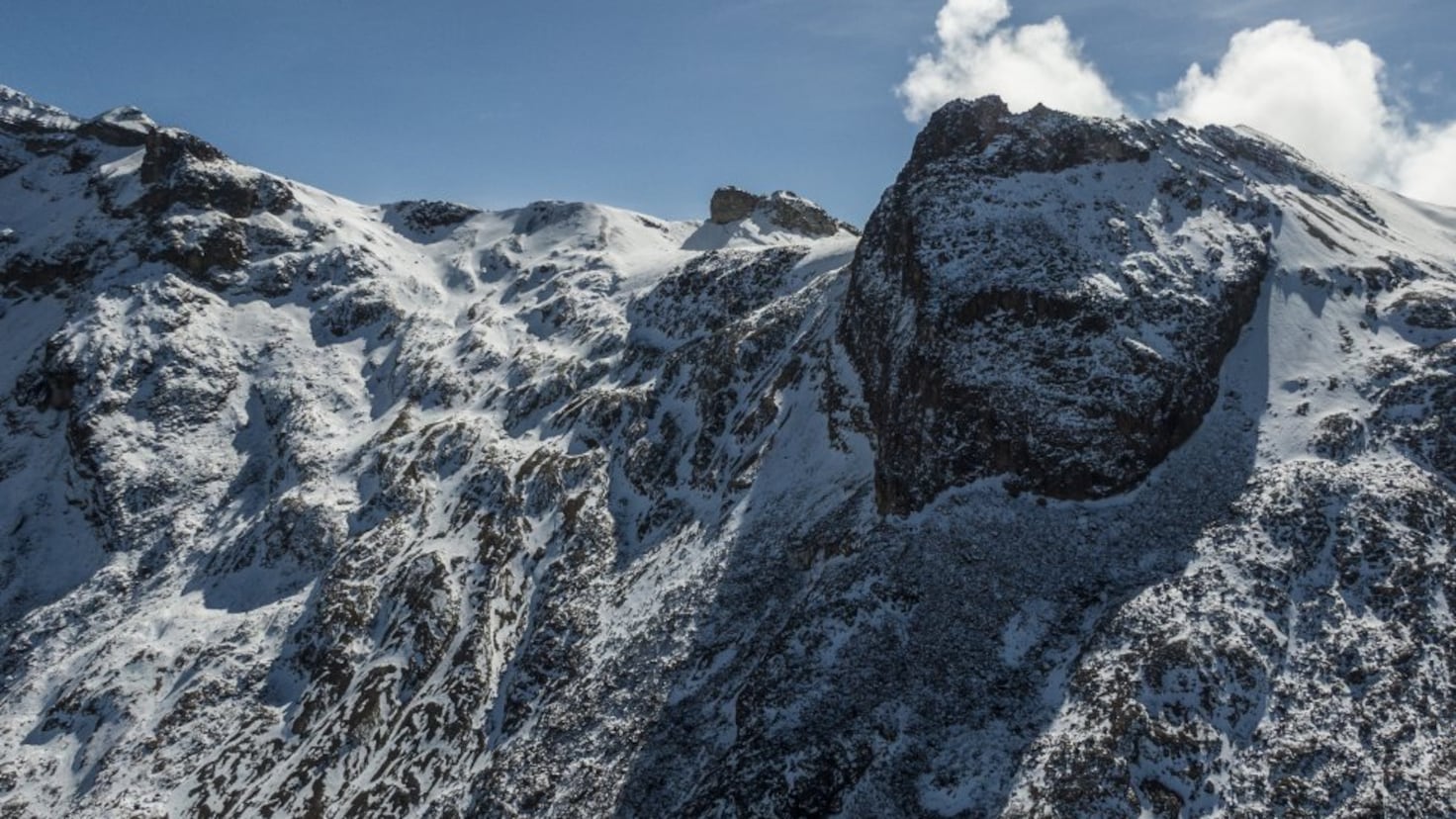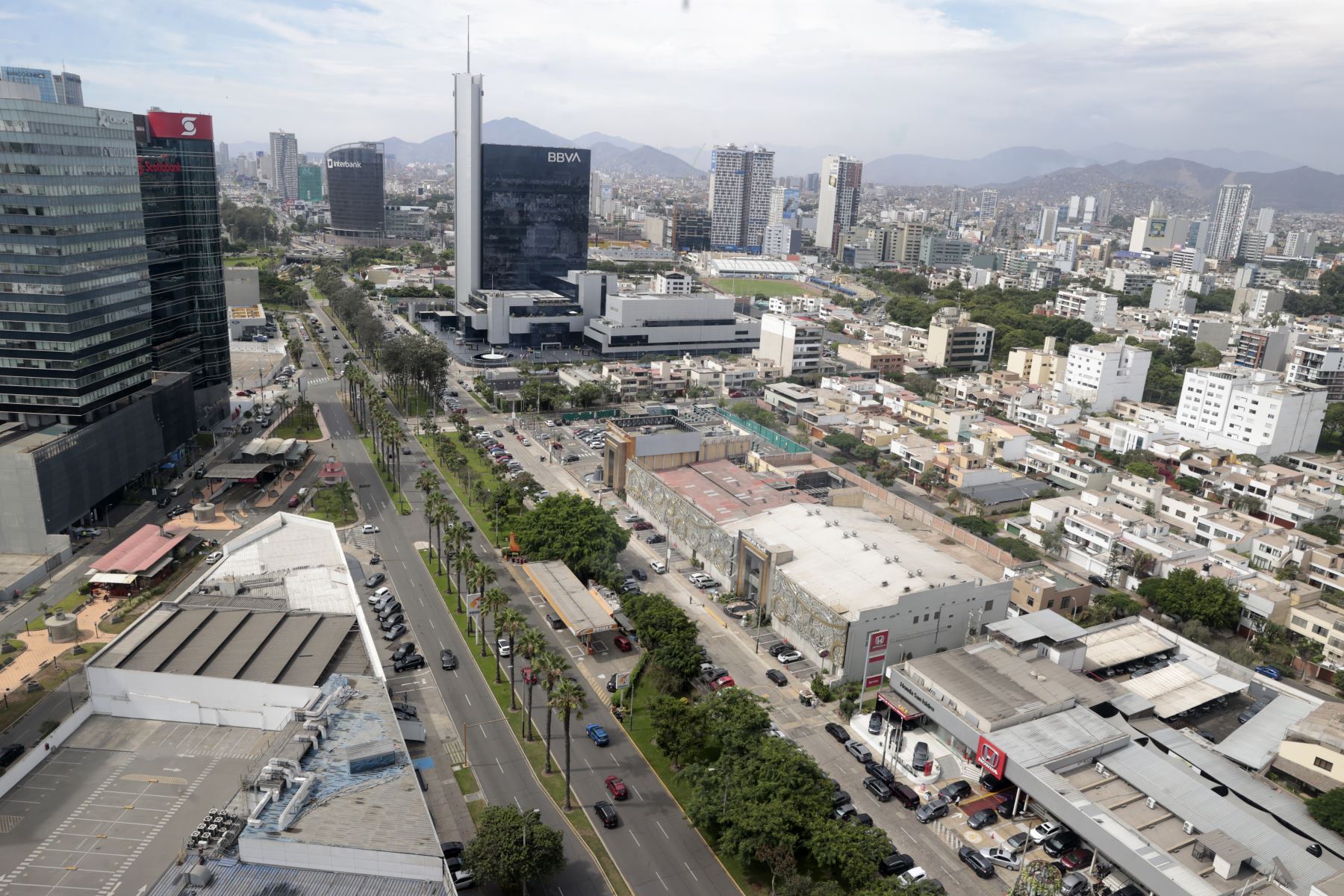Alaska Volcano on High Alert: NASA Satellite Images Reveal 'Near-Eruption' Activity

Alaska Volcano Watch: NASA Confirms Increased Seismic Activity and Eruption Risk
A volcano in Alaska is exhibiting significant seismic activity, prompting heightened concern and a formal alert from NASA. Recent satellite imagery, captured and analyzed by the space agency, reveals a concerning pattern of escalating tremors, leading experts to believe the volcano is “on the verge of erupting.” This news has sparked widespread attention and a surge in monitoring efforts across the region.
NASA's Satellite Data: A Clear Warning Sign
The satellite images, obtained by NASA’s Earth Observing System (EOS), provide compelling evidence of the volcano’s heightened state. These images show significant thermal anomalies and changes in the terrain surrounding the volcanic peak, indicative of increased subsurface activity. While NASA doesn't directly predict eruptions, its data plays a crucial role in providing context and supporting scientific assessments by volcanologists.
Seismic Activity: A Tell-Tale Indicator
Beyond the visual cues from satellite imagery, the most alarming aspect is the dramatic increase in seismic activity. Scientists are registering a large number of earthquakes, many of which are significantly stronger than previous events. This intense seismic activity suggests that magma is moving rapidly beneath the surface, putting immense pressure on the volcano’s structure. The frequency and magnitude of these earthquakes are key indicators that an eruption could be imminent.
Volcano Name and Location: Specifics of the Threat
While NASA hasn’t explicitly named the volcano in question, sources within the U.S. Geological Survey (USGS) confirm that it is located in a remote region of Alaska. The USGS is working closely with NASA to analyze the data and assess the level of risk to nearby communities. Due to the remote location, direct impact on populated areas is considered relatively low, but ashfall and potential disruptions to air travel remain concerns.
What to Expect: Potential Eruption Scenarios
Experts caution that an eruption could take several forms. It could be a relatively small, localized event, or a larger, more explosive eruption. The style of eruption will depend on the composition of the magma and the surrounding geological conditions. Volcanic ash, which can pose a serious hazard to aircraft and human health, is a primary concern. Authorities are preparing for potential ashfall and advising residents and travelers to monitor updates from the USGS and local emergency management agencies.
Ongoing Monitoring and Future Updates
NASA and the USGS are continuing to closely monitor the volcano, utilizing a network of satellites, ground-based sensors, and seismic instruments. Regular updates will be provided to the public as new information becomes available. This situation underscores the importance of ongoing scientific research and the vital role that space-based observations play in understanding and mitigating natural hazards. Stay tuned for further developments as this story unfolds.
Resources:
- U.S. Geological Survey (USGS) Volcano Hazards Program: https://www.usgs.gov/volcanoes
- NASA Earth Observatory: https://earthobservatory.nasa.gov/






